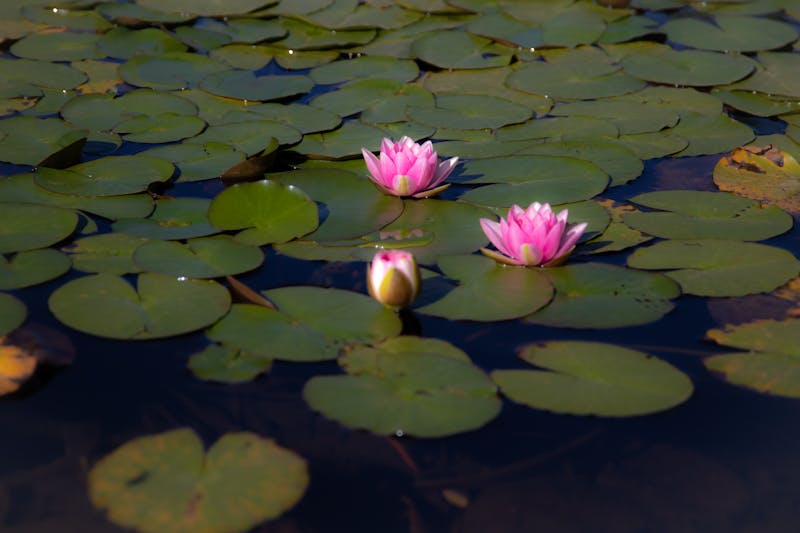The Science and Practice of Forest Bathing
Explore the research-backed benefits of Shinrin-yoku and learn how to practice this ancient Japanese art of forest immersion for optimal health.
In the heart of Japan's ancient forests, a practice emerged that would eventually capture the attention of scientists and wellness practitioners worldwide. Shinrin-yoku, or "forest bathing," is far more than a simple walk in the woods – it's a mindful immersion in nature that has been scientifically proven to reduce stress, boost immunity, and enhance overall well-being.
The Science Behind Forest Bathing
Research conducted in Japan and around the world has revealed remarkable physiological and psychological benefits of spending mindful time in forests. When we breathe in the forest air, we inhale phytoncides – natural compounds released by trees that have antimicrobial properties and boost our immune system function.
Studies show that just two hours of forest bathing can:
- Reduce cortisol levels by up to 50%
- Lower blood pressure and heart rate
- Increase natural killer (NK) cell activity, boosting immune function
- Improve mood and reduce symptoms of anxiety and depression
- Enhance creativity and cognitive function
How to Practice Forest Bathing
Unlike hiking or other goal-oriented outdoor activities, forest bathing is about being rather than doing. Here's how to begin your practice:
Preparation
Choose a natural setting – ideally a forest, but any area with trees and greenery will work. Turn off your phone or put it on airplane mode. Set an intention to be fully present with nature.
Slow Entry
Begin by standing at the edge of your chosen space. Take several deep breaths and consciously transition from your everyday mindset to one of openness and receptivity.
Engage Your Senses
Move slowly and deliberately, engaging all five senses:
- Sight: Notice colors, patterns, light filtering through leaves
- Sound: Listen to bird songs, rustling leaves, flowing water
- Smell: Breathe in the forest's natural aromatherapy
- Touch: Feel tree bark, leaves, or cool earth beneath your feet
- Taste: Notice the freshness of the forest air
Mindful Observation
Find a comfortable spot to sit or stand. Observe without judgment – simply witness the life around you. Notice how trees communicate through their root systems, how light dances through branches, how each element of the forest ecosystem supports the whole.
Bringing Forest Bathing Home
While nothing replaces time in actual forests, you can incorporate elements of forest bathing into daily life:
- Spend mindful time with houseplants or in gardens
- Practice tree meditation in urban parks
- Use essential oils from forest trees like pine, cedar, or eucalyptus
- Create a nature altar with stones, leaves, or branches
The Deeper Connection
Forest bathing reminds us that we are not separate from nature – we are nature. This practice helps restore our innate connection to the natural world and can profoundly shift our perspective on our place within the larger web of life.
As you develop your forest bathing practice, you may find that this time in nature becomes essential medicine for your body, mind, and spirit – a return to our most natural state of being.
Tags
Share this article
Related Articles
Continue your wellness journey with these related insights

Creating Sacred Morning Rituals for Inner Peace
Discover how to transform your mornings into a foundation for mindfulness, intention, and lasting well-being through simple yet powerful practices.
Read More
Holistic Detoxification: Beyond Juice Cleanses
Understanding true detoxification that encompasses mind, body, and spirit for lasting transformation and vitality.
Read More
Meditation Made Simple: A Beginner's Journey
Start your meditation practice with confidence using these gentle, accessible techniques that fit into any lifestyle.
Read More